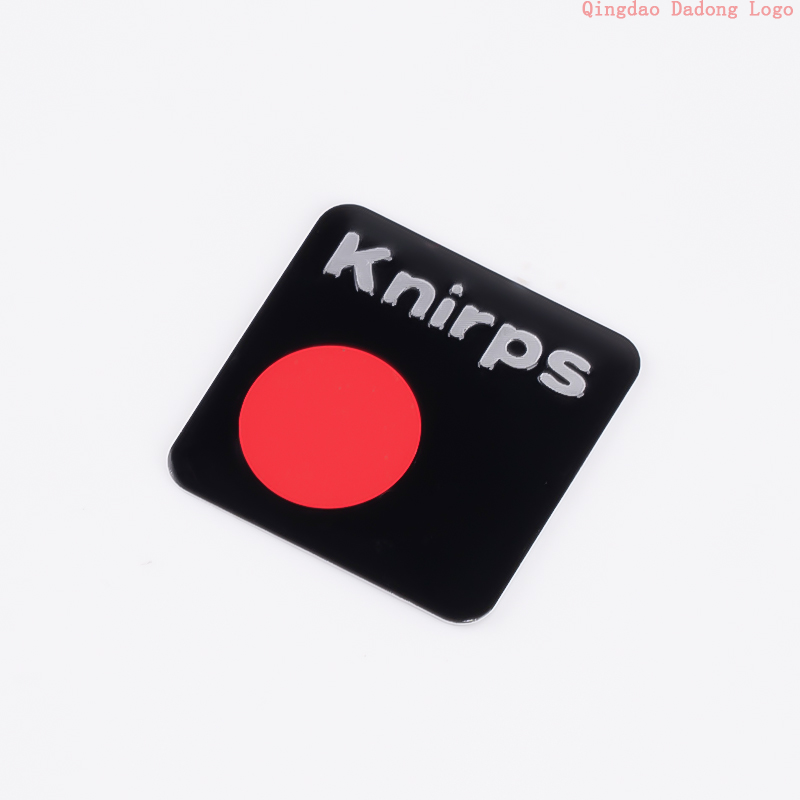NEWS
Common surface treatment knowledge in electroforming
Writer:admin Time:2023-06-28 16:52 Browse:℃
Electroforming is a special machining method that utilizes the principle of point decomposition deposition of metals to accurately replicate certain complex or special shaped workpieces.
1. Principles of electroforming
Basic working principle: Using a pre made prototype of the desired shape as the cathode and electroforming material as the anode, they are placed together in a metal salt solution with the same material as the anode. Direct current is applied, and under the action of point solution, a metal electroforming layer is gradually deposited on the surface of the prototype. After reaching the required thickness, it is taken out of the solution and separated from the prototype to obtain a metal replica corresponding to the shape of the prototype.
2. Application sites for electroforming
The main purpose of electroforming is to accurately replicate micro, complex, and certain special shaped workpieces that are difficult to machine using other methods. For example, printing boards for making banknotes and stamps, record molds, signature selfies, metal artwork replicas, reflectors, surface roughness samples, microporous filters, dials, electrodes for EDM machining, high-precision diamond grinding wheel substrates, etc.
Using electroforming technology to create famous brands and signs can achieve many complex surface effects.
Electroforming is widely used in the production of plastic mold cores. Some decorative plastic surfaces have many fine lines, which are difficult to achieve through ordinary mold processing. Therefore, it is necessary to use electroforming to make mold cores. Through electroforming, the plastic surface can have effects such as wire drawing, CD pattern high brightness, and matte fog surface, but achieving these effects requires electroplating.
3. Process flow of electroforming products
(1) Process flow of electroforming products: pre-treatment before electroforming - electroforming process - post electroforming processing.
(2) The general process of pre-treatment for electroforming: selecting the core mold - surface cleaning - oil removal - plating separation layer - plating conductive layer - water washing cleaning.
(3) The general process of electroforming: making core mold - copying first level mold - copying second level mold - copying third level wooden mold - copying mass production mold - electroforming production - electroforming demolding - electroforming post processing - quality inspection - finished product warehousing.
Post electroforming processing includes the modification and surface treatment of electroformed parts.
4. Metal and coating thickness of electroforming
The metals commonly used in electroforming include copper, nickel, and iron, and sometimes alloys such as gold, silver, platinum nickel cobalt, and cobalt tungsten are also used. However, nickel is the most widely used in electroforming.
The thickness of the electroformed layer is generally 0.02-6mm, and there are also thicknesses up to 25mm. The precision of the electroformed parts is high, and the size error with the original mold is only a few micrometers.
5. The relationship between electroforming and electroplating
(1) Electroforming and electroplating belong to the same type of electrodeposition technology, and electroforming is a special application of electroplating.
(2) Electroplating is the study of the process of coating protective and functional metal coatings on workpieces, while electroforming is the study of the process of electrodepositing copies, as well as the separation method between copies and core molds, as well as the performance and structure of thick layer metals and alloys.
Simply put, electroplating is a surface treatment method, while electroforming is a manufacturing method.
6. Ultra thin electroforming
Electroforming parts with a thickness less than 0.2mm are generally referred to as ultrathin electroforming, which is commonly used for logos and small decorative parts (such as mobile phone earpiece nickel mesh decorative parts, speaker nickel mesh, etc.).
(1) Ultra thin parts can only produce two effects, one is smooth and the other is pitted, and the surface must only be flat.
(2) Ultra thin parts can only be plated in two colors, silver can be plated with bright nickel, and gold can be plated with gold.
(3) The product thickness can be controlled within 0.05~0.18mm, and the optimal thickness is 0.1mm. The back can be pasted with Double-sided tape or brushed with 3M7533 liquid adhesive (the thickness is 0.02)
(4) The development cycle for ultra-thin parts is 3-5 days after drawing confirmation, and the mass production cycle is 7 days after sample confirmation.

7. Electroforming nameplate
The electroforming brand is American, high-end, and practical, widely used in making company logos, product labels, etc. When designing electroforming nameplates, it is important to pay attention to several structural aspects.
(1) The edge of the relief or raised part should have a slope of at least 10 °, and as the product height increases, the draft slope should also increase accordingly. The draft angle of the font should be above 15 °.
(2) The ideal height of the nameplate is below 3mm, and the embossed or raised parts are between 0.4 and 0.7mm.
(3) The height or depth of the font shall not exceed 0.3MM. If laser effect is used, the height or depth shall not exceed 0.15mm.
(4) The average thickness of the board is (0.22 ± 00.05) mm. If the product exceeds this height, it should be made into a hollow structure, and an error of 0.05mm in the product height is allowed. Due to the uniform thickness of the board, there are corresponding changes in the back of the raised or concave parts on the product surface.
(5) The contour of the product is processed using a punch machine. To prevent damage to the product, the average edge cutting width of the outer edge is 0.07mm to prevent deformation during punching. It is best to ensure that the punching part is in a flat or as small an arc as possible to avoid deformation caused by concentrated force. Punching can only be done in the direction perpendicular to the product.
(6) The surface effect of the nameplate can be achieved by combining a frosted surface, a brushed surface, a smooth surface, and a laser. The smooth surface is mostly used for patterns or product edges, and the product surface should have a large area of smooth surface, otherwise it can easily cause scratches. The frosted surface and brushed surface are mostly used for the bottom surface of the nameplate, and the thickness can be adjusted. In actual production, frosted surface products have a lower defect rate than brushed surface products, and laser surface is mostly used for fonts and patterns, It can also be used on the bottom surface of products. It is recommended to use a concave design for the laser surface, as the laser surface is prone to fading due to long-term wear and tear. Additionally, products with laser effects should not use products with curved surfaces.
(7) If the surface of the product needs to be painted, a color sample of the metal paint should be provided. Due to process limitations, slight differences between the color of the final product and the color sample should be allowed.
(8) If the nameplate is assembled with an embedded structure, please provide the correct size and actual sample of the casing. If the size of the nameplate is too large or too high, a supporting structure should be added to the corresponding part of the casing.
CATEGORIES
LATEST NEWS
CONTACT US
WhatsApp: +8615806503075
Tel: +8615806503075
Email: percy@dadonglogo.com
Addr: 7 Tonghe Road, Pingdu, Qingdao
